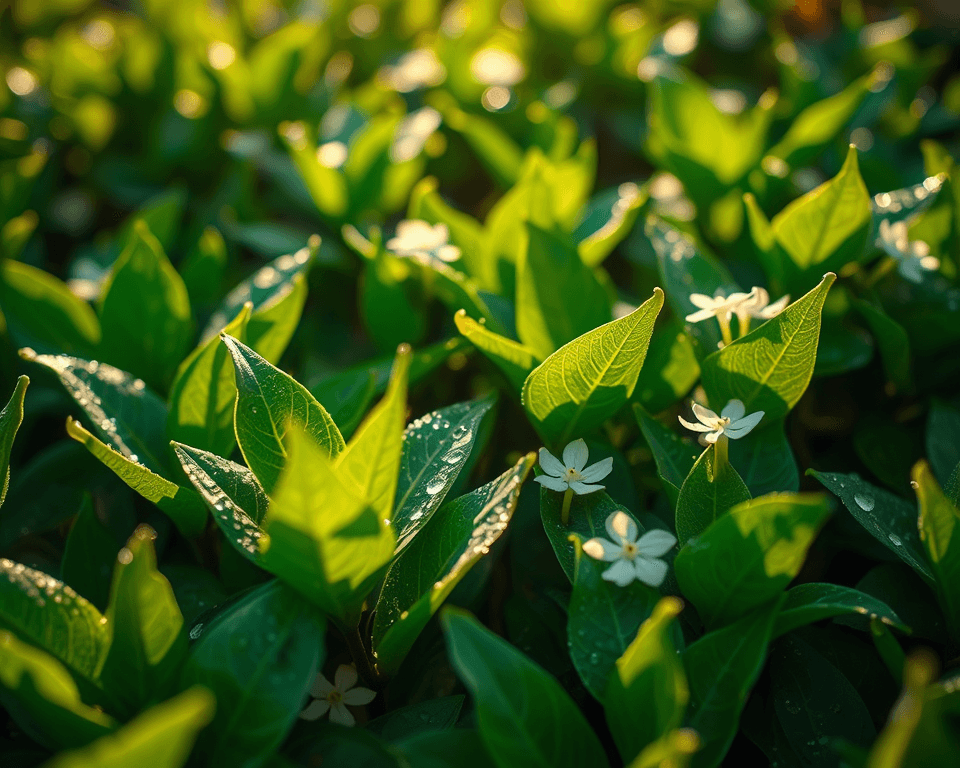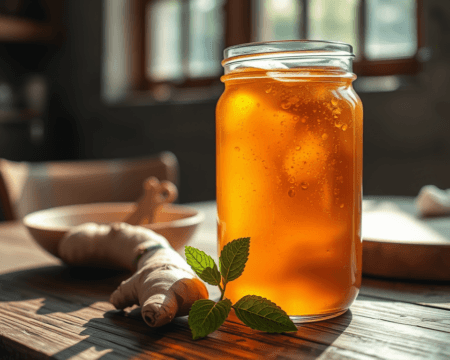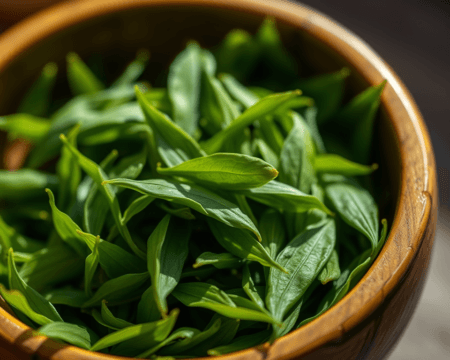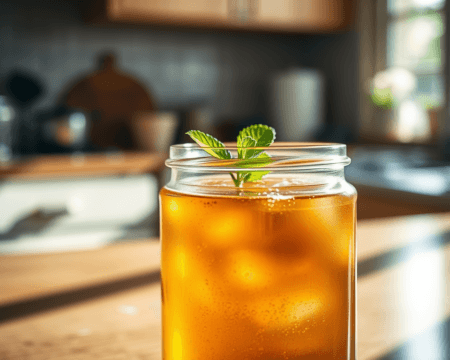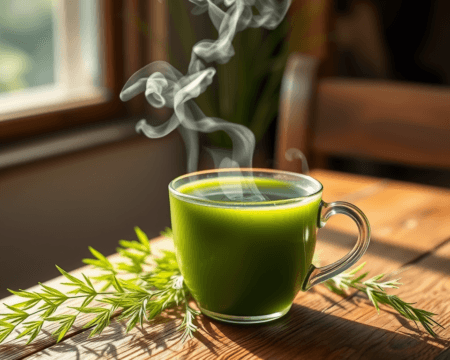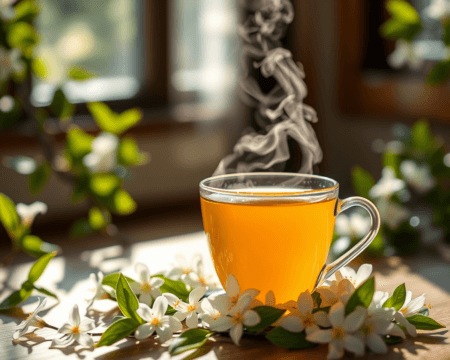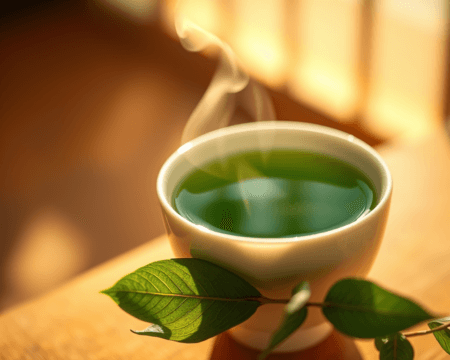Ever thought about growing your own tea? Imagine stepping into your backyard and snipping fresh leaves to brew an aromatic cup right at home. There’s something incredibly satisfying about cultivating your own plants, especially when it comes to tea, a beverage that’s been celebrated for centuries. Many folks don’t realize it, but tea can flourish right here in the U.S. You just need to know how to set the stage for it.
Key Takeaways:
– You can grow various types of tea plants in America, primarily Camellia sinensis, which yields green, black, and oolong teas.
– Certain climates—particularly in the southern and coastal regions—are ideal for tea cultivation, ensuring your plants thrive.
– It’s crucial to prepare optimal soil conditions and go for the right planting techniques, whether starting from seeds or cuttings.
– Seasonal maintenance is key to keeping your tea plants healthy and productive, with tailored care needed for each season.
– Learning from successful U.S. tea growers can offer invaluable insights and inspiration for your own tea-growing journey.
Understanding the Basics of Tea Cultivation in the U.S.
Types of Tea Plants You Can Grow in America
First up, let’s talk about the types of tea plants you can grow here. We’re primarily looking at Camellia sinensis, and yes, it’s the same plant that produces your favorite green, black, and oolong teas! Depending on how you treat it, you can encourage different flavor profiles.
If you’re feeling adventurous, why not try your hand at herbal teas? Think chamomile, lemon balm, or even mint—these plants can thrive beautifully in a home garden. If you’re strategic about your selection, you can create your personalized homegrown tea blend!
Suitable Climates and Regions for Tea Growth
Now, if you’re going to grow tea, you need the right climate conditions. Tea plants love warm temperatures and humid environments. In the U.S., keep your eye on the southern states, where the subtropical regions provide the perfect atmospheric hug for these plants. Coastal areas also get the added bonus of milder winters, making them an ideal spot to nurture your budding tea plants.
It’s all about understanding your USDA hardiness zone. If you’re in zones 6 and above—think states like South Carolina, Georgia, parts of Texas, and even California—you’re in the green!
Step-by-Step Guide to Planting Tea
Preparing for Planting: Soil and Location
Okay, before you get your hands dirty, let’s chat about soil and location. Your tea plants thrive in well-drained, loamy soil that retains water but isn’t soggy. We want them cozy, not drenched! Check pH levels, aiming for a slight acidity—around 6.0 to 6.5 is ideal.
Pick a spot with plenty of sunlight—like six hours a day—where they won’t get overwhelmed by harsh winds. Pay attention to drainage, too; no one likes soggy roots. If your soil needs a little help, consider soil amendments like compost or peat moss to give those plants some extra love.
Planting Techniques for Tea Seeds and Cuttings
Now, let’s get into the nitty-gritty of planting. If you’re starting from seeds, be prepared for a bit of patience. Germination might take a little while, so don’t be in a rush! Plant them about half an inch deep in prepared pots, keeping the soil evenly moist.
If you prefer cuttings (a method I highly recommend if you want quicker results), ensure you take healthy, vigorous shoots. You can root them in water or directly into soil, giving them enough space to breathe. Make sure to monitor those baby plants closely. Watch for healthy root development, and don’t skimp on the initial care—keep them properly watered but not overwatered, and you’ll see growth in no time.
Maintaining Your Tea Plants
Seasonal Care for Tea Plants
Once you’ve planted your tea, the real fun begins—maintaining your plants. Each season calls for different care routines.
In spring, you’ll want to get in there and give your plants a light pruning. This keeps them growing strong and bushy. Summer? That’s prime time for more watering because these plants are thirsty! Come autumn, show them some love with a balanced organic fertilizer, especially if you’re in a drier area. And as winter rolls around, don’t forget to protect them from the cold—in some regions, you might need to cover them up or bring potted plants inside to keep them snug.
Common Pests and Disease Management
We can’t ignore the pesky pests and diseases that can throw a wrench in your tea plans. Aphids and whiteflies can invade your lush green leaves. Keep an eye out and use organic solutions, like neem oil, to knock them out before they wreak havoc. Maintain good air circulation to deter fungal diseases, and don’t forget integrated pest management techniques. You’ll thank yourself later.
Success Stories and Localized Experiences
Interviews with U.S. Tea Growers
Learning from others can be your golden ticket to success. I want to share insights from some amazing U.S. tea growers I’ve had the chance to meet. Many embraced the challenge of cultivating tea in varying climates, focusing on local community support and sharing their passion. There’s a wealth of knowledge out there in their stories—lessons on resilience, cultivation advice, and the magic that can happen when you stick with it.
Examples of Thriving U.S. Tea Farms
Look at farms like Bigelow Tea in Connecticut, which has been a frontrunner in American tea production. Their focus on sustainability has made them a model for organic tea farming in the region. Or take a peek at Raleigh Tea Company in North Carolina—these folks have laid the groundwork for commercial tea production in the area and are hosting tea festivals, drawing in crowds from all around. These successes show just how viable tea farming can be in the U.S.
You’ve got the tools; now it’s time to get to work. Growing your own tea is a journey that starts with understanding the plants and their needs. With the right knowledge, a little patience, and some effort, you’ll be well on your way to sipping on your very own homegrown brew. Get out there and let’s go make some tea magic happen!
Frequently Asked Questions
What type of soil is best for growing tea plants?
Tea plants thrive in well-drained, loamy soil that is slightly acidic, with a pH between 6.0 and 6.5. Amendments like compost or peat moss can improve soil structure and retain moisture without waterlogging, which is crucial for healthy root development.
How much sunlight do tea plants need?
Tea plants require around six hours of direct sunlight each day. Choosing a location that is sunny yet protected from harsh winds will help ensure healthy growth and good leaf quality for tea production.
Can I grow tea in containers?
Yes, you can grow tea plants in containers! Make sure to choose pots with good drainage and use a suitable potting mix. Container gardening is perfect for smaller spaces and allows for easy mobility to protect plants from extreme weather.
How long does it take for tea plants to start producing leaves?
Tea plants typically take about three years to begin producing harvestable leaves. However, the quality and quantity of leaves will improve as the plants mature, usually peaking around five years after planting.
What are some common pests that affect tea plants?
Common pests include aphids, whiteflies, and spider mites, which can harm your tea plants. Regular inspections and the use of organic pest control methods, such as neem oil, can help manage infestations effectively.
How should I prune my tea plants?
Pruning should occur in early spring to promote growth and maintain a bushy shape. Remove any dead or weak branches and trim back younger shoots to encourage new growth, which will also improve leaf quality for tea harvesting.
What is the best time of year to plant tea?
The best time to plant tea is during the spring when temperatures begin to rise, promoting optimal growth. This allows the plants to establish their roots before facing the hotter summer months.
Are herbal teas different from traditional tea?
Yes, herbal teas are made from a variety of plants and herbs, while traditional teas come from the Camellia sinensis plant. Herbal teas typically do not contain caffeine and offer a wide range of flavors and health benefits.
Can tea plants survive winter?
Tea plants can survive mild winters, especially in USDA hardiness zones 6 and above. In colder regions, it’s essential to protect them from frost by covering them or bringing potted plants indoors during harsh weather.
How do I know when to harvest tea leaves?
Tea leaves are typically ready for harvest when the new growth is tender and young, usually in the spring and early summer. For the best flavor, pluck the top two leaves and the bud from each stem, ensuring the leaves are not too mature or damaged.




